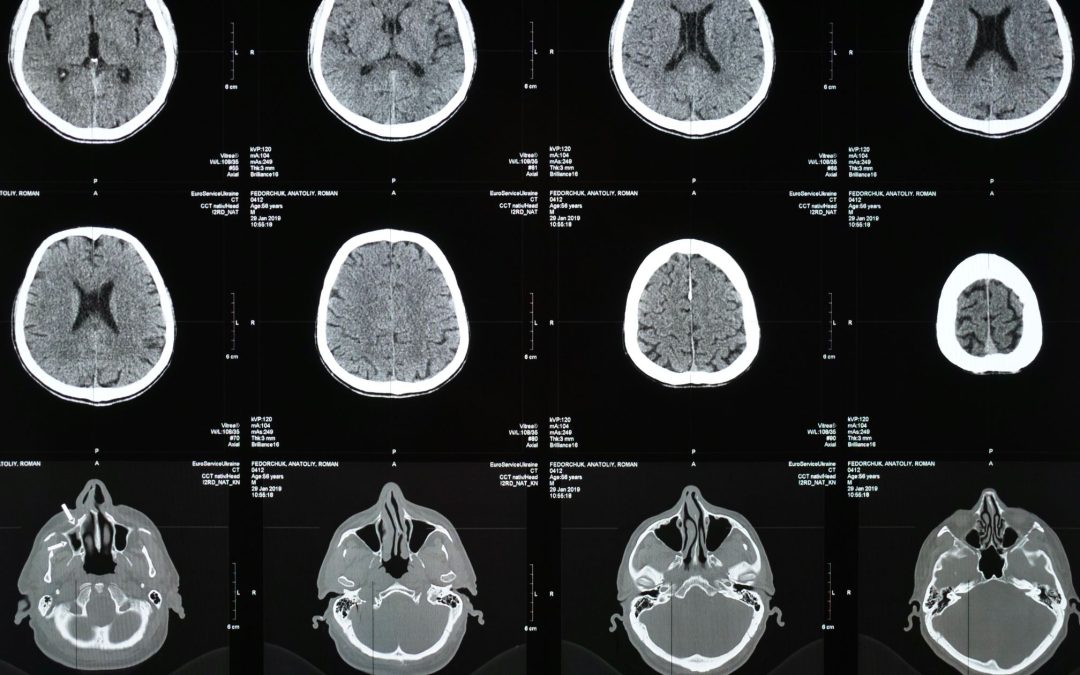Medicine has undergone a revolutionary advancement in recent decades, and one of the fields that best exemplifies this transformation is interventional radiology. This specialty combines diagnostic imaging with minimally invasive treatments, allowing for the management of complex diseases without the need for open surgery.
A Medical Revolution from Within the Body
Interventional radiology relies on the use of real-time medical imaging —such as ultrasounds, computed tomography (CT), or fluoroscopy— to guide small tools like catheters, needles, or angioplasty balloons to the exact point in the body where intervention is needed. This precision allows the treatment of conditions that once required major surgeries, with far less impact on the patient.
When is it applied?
This discipline covers a broad range of clinical applications, both in urgent situations and scheduled treatments. Some of the most common cases include:
- Aortic aneurysms: Using endoprostheses to reinforce weakened arteries without the need for major surgery.
- Tumours: Blocking the blood vessels feeding liver or kidney tumours (embolisation), facilitating their reduction or destruction.
- Internal bleeding: In emergencies, arterial bleeding can be stopped by selectively occluding the affected vessel.
- Urinary or biliary obstructions: Placing image-guided drains to restore flow.
- Vascular access for haemodialysis or oncological treatments.
- Congenital vascular malformations and other circulatory issues.
Advantages over Traditional Surgery
Interventional procedures offer clear advantages in terms of safety and recovery:
✅ Lower risk of postoperative complications
✅ Local anaesthesia or mild sedation
✅ Shorter hospital stays
✅ Less postoperative pain
✅ Faster return to normal activity
These features make interventional radiology especially useful for patients with serious conditions, older age, or medical conditions that complicate conventional surgery.
Who performs these procedures?
These interventions are carried out by specialist doctors in interventional radiology, such as Dr. Claudia Lorena Martínez Higueros, who not only master imaging techniques but also the clinical and therapeutic principles that enable rapid and precise action in each case.
Moreover, their work doesn’t end in the procedure room: these professionals are an active part of the medical team, working closely with other specialties (vascular surgery, oncology, gynaecology, emergency care, nephrology) to design personalised treatment strategies.
Less Invasive, More Human, and More Precise Medicine
Interventional radiology is undoubtedly one of modern medicine’s greatest allies. It allows for the treatment of severe or complex patients with less aggressive, safer techniques, and a highly personalised approach.
Each procedure is not just a technical intervention but an opportunity to improve the patient’s quality of life, recover vital functions, and reduce unnecessary suffering.

